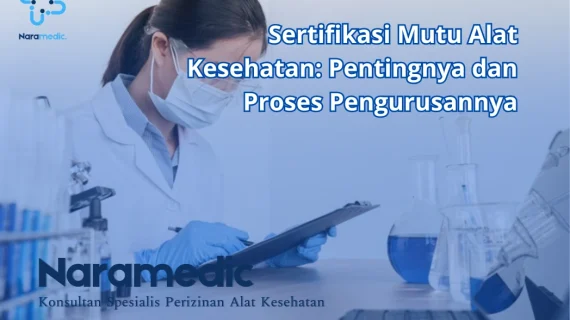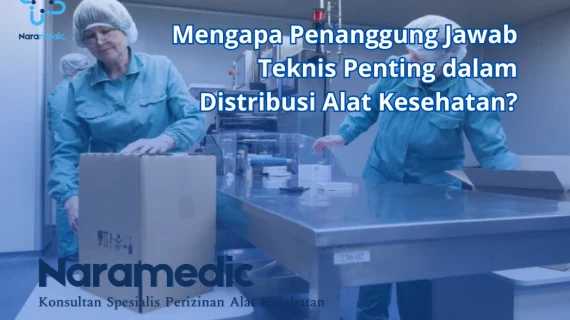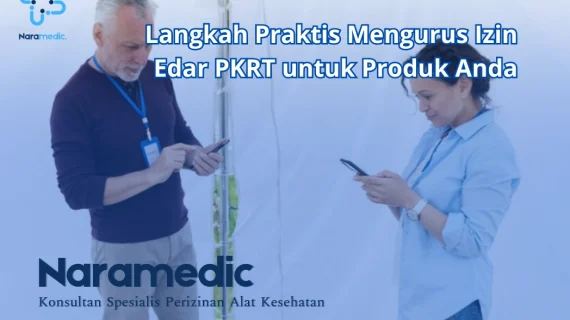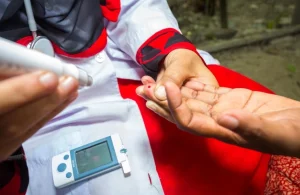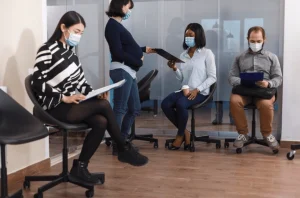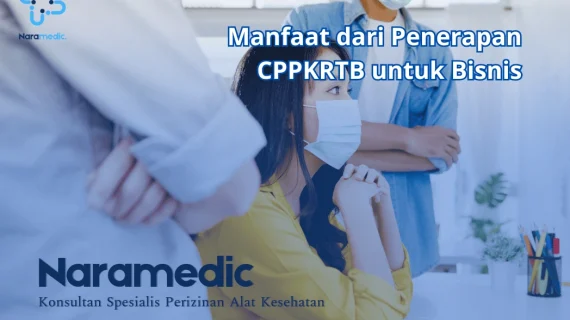Sertifikasi Mutu Alat Kesehatan: Pentingnya dan Proses Pengurusannya
Sertifikasi mutu alat kesehatan adalah salah satu elemen krusial dalam memastikan bahwa alat-alat kesehatan yang digunakan di fasilitas kesehatan maupun masyarakat telah memenuhi standar keamanan dan kualitas. Proses ini bertujuan untuk melindungi pengguna dari risiko penggunaan produk yang tidak aman serta meningkatkan kepercayaan pasar terhadap produk alat kesehatan.
Apa Itu Sertifikasi Mutu Alat Kesehatan?
Sertifikasi mutu alat kesehatan merupakan bukti bahwa suatu produk alat kesehatan telah lolos uji dan memenuhi standar tertentu yang ditetapkan oleh regulasi nasional atau internasional. Di Indonesia, proses ini diatur oleh Kementerian Kesehatan dan merujuk pada peraturan terkait, seperti CDAKB (Cara Distribusi Alat Kesehatan yang Baik) dan standar ISO 13485.
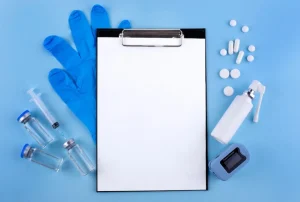
Sumber Gambar : Freepik
Sertifikasi ini penting bagi produsen atau distributor alat kesehatan, terutama dalam memastikan bahwa produk mereka dapat digunakan secara aman dan efektif sesuai dengan fungsinya.
Mengapa Sertifikasi Mutu Alat Kesehatan Penting?
- Keamanan Pengguna
Sertifikasi menjamin bahwa alat kesehatan telah diuji sehingga aman untuk digunakan oleh tenaga medis maupun pasien. - Memenuhi Regulasi Pemerintah
Produsen dan distributor wajib memiliki sertifikasi untuk memastikan alat kesehatan yang diproduksi atau didistribusikan legal di pasaran. - Meningkatkan Daya Saing Produk
Produk dengan sertifikasi mutu cenderung lebih dipercaya oleh pasar global karena menunjukkan komitmen terhadap kualitas. - Mengurangi Risiko Hukum
Dengan mematuhi regulasi yang berlaku, perusahaan dapat menghindari sanksi administratif maupun pidana.
Proses Pengurusan Sertifikasi Mutu Alat Kesehatan
Berikut adalah langkah-langkah umum dalam mendapatkan sertifikasi:
- Identifikasi Standar yang Relevan
Produsen atau distributor harus memahami standar mutu yang diperlukan, seperti ISO 13485 untuk sistem manajemen mutu alat kesehatan. - Uji Produk
Produk harus diuji di laboratorium yang terakreditasi untuk memastikan bahwa produk memenuhi spesifikasi teknis dan keamanan. - Penyusunan Dokumen Teknis
Dokumen seperti desain produk, bahan yang digunakan, serta hasil pengujian harus disiapkan untuk diajukan kepada pihak berwenang. - Audit oleh Lembaga Sertifikasi
Lembaga sertifikasi akan melakukan audit terhadap sistem produksi, distribusi, dan kualitas produk. - Penerbitan Sertifikat
Jika semua proses berjalan lancar, sertifikat akan diterbitkan dan produk siap dipasarkan sesuai regulasi.
Baca Juga Tentang : Mengapa Penanggung Jawab Teknis Penting dalam Distribusi Alat Kesehatan?
Tantangan dalam Proses Sertifikasi
- Persyaratan Teknis yang Kompleks
Produsen sering kali menghadapi tantangan dalam memahami dan mematuhi semua regulasi yang berlaku. - Biaya Sertifikasi
Proses sertifikasi, termasuk pengujian laboratorium dan audit, memerlukan biaya yang tidak sedikit. - Perubahan Regulasi
Perubahan regulasi dapat memengaruhi persyaratan sertifikasi, sehingga produsen harus terus memperbarui informasi terkait.
Jasa Konsultasi Sertifikasi Mutu Alat Kesehatan
Bagi perusahaan yang merasa kesulitan dalam memenuhi persyaratan sertifikasi, menggunakan jasa konsultan dapat menjadi solusi. Konsultan berpengalaman dapat membantu perusahaan dalam:
- Menyusun dokumen teknis yang dibutuhkan.
- Mengarahkan proses pengujian sesuai standar.
- Mengelola audit oleh lembaga sertifikasi.

Sumber Gambar : Freepik
Langkah penting yang tidak hanya memastikan keamanan produk tetapi juga membuka peluang pasar yang lebih luas. Bagi produsen dan distributor alat kesehatan, memahami proses sertifikasi dan bekerja sama dengan pihak yang berpengalaman dapat mempercepat proses ini. Dengan sertifikasi yang sesuai, produk alat kesehatan Anda dapat lebih dipercaya dan diterima baik di pasar domestik maupun internasional.
Baca Juga Tentang : 3 Keuntungan Memakai Jasa Konsultan Perizinan CPPKRTB
Ingin mengetahui lebih lanjut tentang pengurusan sertifikasi alat kesehatan? Hubungi WhatsApp Naramedic sekarang untuk berdiskusi lebih lanjut mengenai kebutuhan Anda!
Referensi Penulisan :
- SCRIBD. “Petunjuk Teknis CPAKB”, https://www.scribd.com/document/403038372/2-PETUNJUK-TEKNIS-CPAKB-OK-doc diakses pada 9 Desember 2024.
- ISO Agency. “Sertifikasi ISO Untuk Perusahaan Alat Kesehatan (Medical Devices)”, https://isoagency.id/project/sertifikasi-iso-untuk-perusahaan-alat-kesehatan-medical-devices/ diakses pada 9 Desember 2024.

